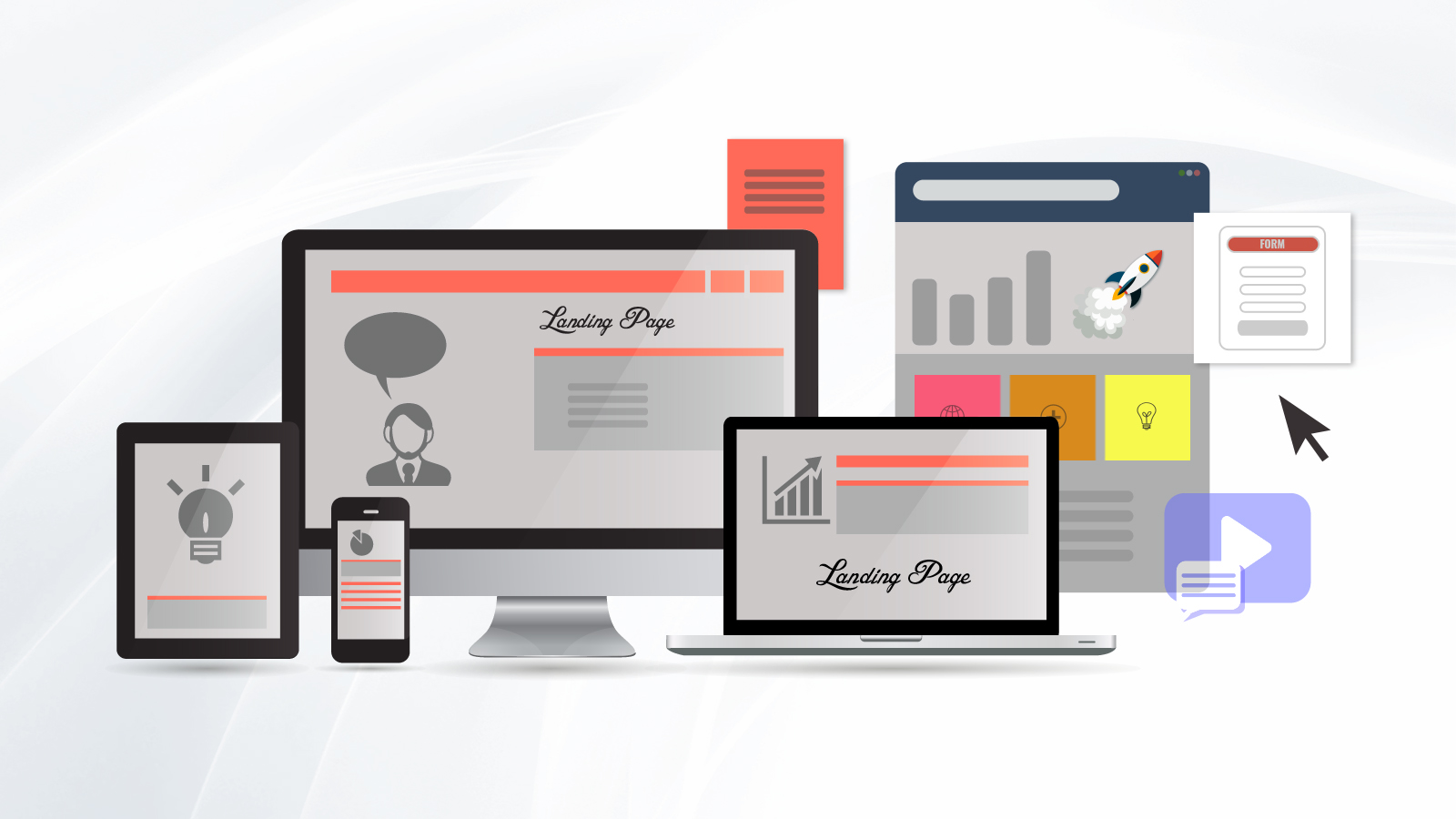UX, expanded as user experience, is one of the buzzwords in the world of design technology and digital interfaces these days. As the field of UX is evolving, it gets all the more challenging to define what user experience means.
To put it simply, UX design is any website’s backbone. When an enterprise focuses on its web asset’s UX, the process will be channelized to enhance the satisfaction level of end-users by improving its efficiency, accessibility, and usability. Also, a web portal’s conversion rate is proportional to the richness of a UX design.
Because of its undeniable importance, more and more emphasis is laid by enterprises to team up with world-class UX design partners or leading digital web development companies. Nonetheless, a good UX design includes way more than intuitive user flows and mesmerizing layouts. To put it simply, enhanced user experience will elevate browsing experience of an end-user and jack up the traffic while pushing the conversion to an all-time high.
In short, result-driven transformative user experience will change visitors into leads and buyers into staunch brand advocates. But improving user experience is challenging to say the least. That is why here are four ways of taking the user experience to a whole new level.
Integrating Clear Call-To-Action Buttons
CTAs or call-to-actions are buttons used for guiding users to take a definite action. Each CTA button takes the end-user toward conversion. Some of the common CTAs instruct the end-user to download something, sign up on a page, book a consultation, and the like.
Using an attractive yet clear CTA button improves the user experience of any website. As web design best practice, a clear and powerful CTA button must be placed on each webpage of a portal. As per studies, clear CTAs can drive more conversions. Besides, leading Web Design Services providers believe that a rich CTA enhances the overall web user’s experience.
Few things to keep in mind before designing a CTA button are mentioned below.
- Use colors (preferably contrasting shades) in a CTA for helping it stand out.
- The copy in a CTA needs to be action oriented.
- A CTA button’s text should not exceed five words.
Catching Every Single 404 Error
Whenever users are searching, they land on a variety of pages that match their search intent. But the real kicker to the user experience happens when an enterprise’s leads land on its business page showing a 404 error message. When that happens, the leads quickly bounce back from that error page in search for an alternative webpage to get the desired information.
That is, 404 errors can easily drive away users or prospective buyers from an enterprise’s webpage. Which is why, it becomes necessary to properly manage the 404-error messages. First of all, an enterprise’s digital marketing team should find what all the different searches that display 404 errors; once these errors are found, the team needs to fix them at the earliest.
Even if the search is displaying a 404 error message, it is advisable to personalize that message. That means the error message should have a friendly appeal that nudges the visitor-cum-prospect to stick on the website instead of bouncing back immediately.
Accelerating The Page Load Times
The speed at which a webpage loads is a significant part of shaping end-user experience. The importance of a page’s load time is cemented because Google ranks webpages based on their load times; likewise, Facebook has even declared that it will give a high priority to only snappy links.
So, it is a no-brainer that slow load times in webpages can frustrate any user. Worst of all, slow load times can force a user to leave a website and find another alternative; it means a page’s slower load times can cost a business precious leads.
That is to say, if an enterprise’s landing page is slow to load, then the chances are high that the user may not even visit the company’s corporate website. Most importantly, it will not help much even when the page load times are increased; rather, the website or a webpage has to be completely optimized for mobile users as well.
The internet is full of tools that can check a webpage’s load times. Most leading webmasters prioritize a webpage’s load times above anything else.
Summing It Up
All in all, a powerful yet immersive user experience goes beyond providing just the useful information to an end-user. Nonetheless, most enterprises do not have the time and resources to refine their website experience for end-users.
That is precisely where Flexsin comes in. This web development partner has expertise-backed experience of designing and deploying web experience pleasingly and engagingly driving conversion rates to the next level.
As a web development partner, Flexsin has deep expertise in a variety of digital design technologies such as Adobe Photoshop, Corel, Adobe Illustrator, Sketch, Adobe XD, InDesign, InVision, Axure, Dreamweaver, and Zeplin.
So, enterprises must take decisive actions regarding building web design experience that is intuitive enough to impress users present in desktop and mobile ecosystems.


 Deepak
Deepak


